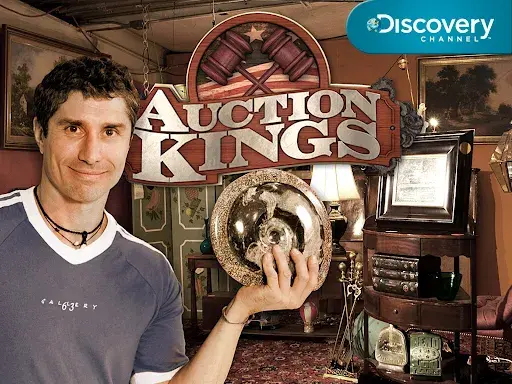Antique Dealer Marcel Perron’s Collection at the Château de l’Abbaye
Published on

An impassioned autodidact and insatiable bargain hunter, Marcel Perron assembled a collection guided by an unbiased eye and extraordinary curiosity. It was on display throughout his home: the Château de l'Abbaye in Haute-Saône. Attributed to Jacob Frères, Empire period. Tripod in thuja veneer, three retractable secret drawers in the apron, dark green breccia marble top, chased gilt bronze ornamentation with flowers and foliage, three uprights with a bust of Fame wearing a crescent, tripod base with palmettes, h. 88.5 cm/34.6 in., diam. 39.8 cm/15.4 in (detail).Estimate: €20,000/30,000 Some collectors express their taste through order, a rigorous typology or stylistic consistency. Others, few and









